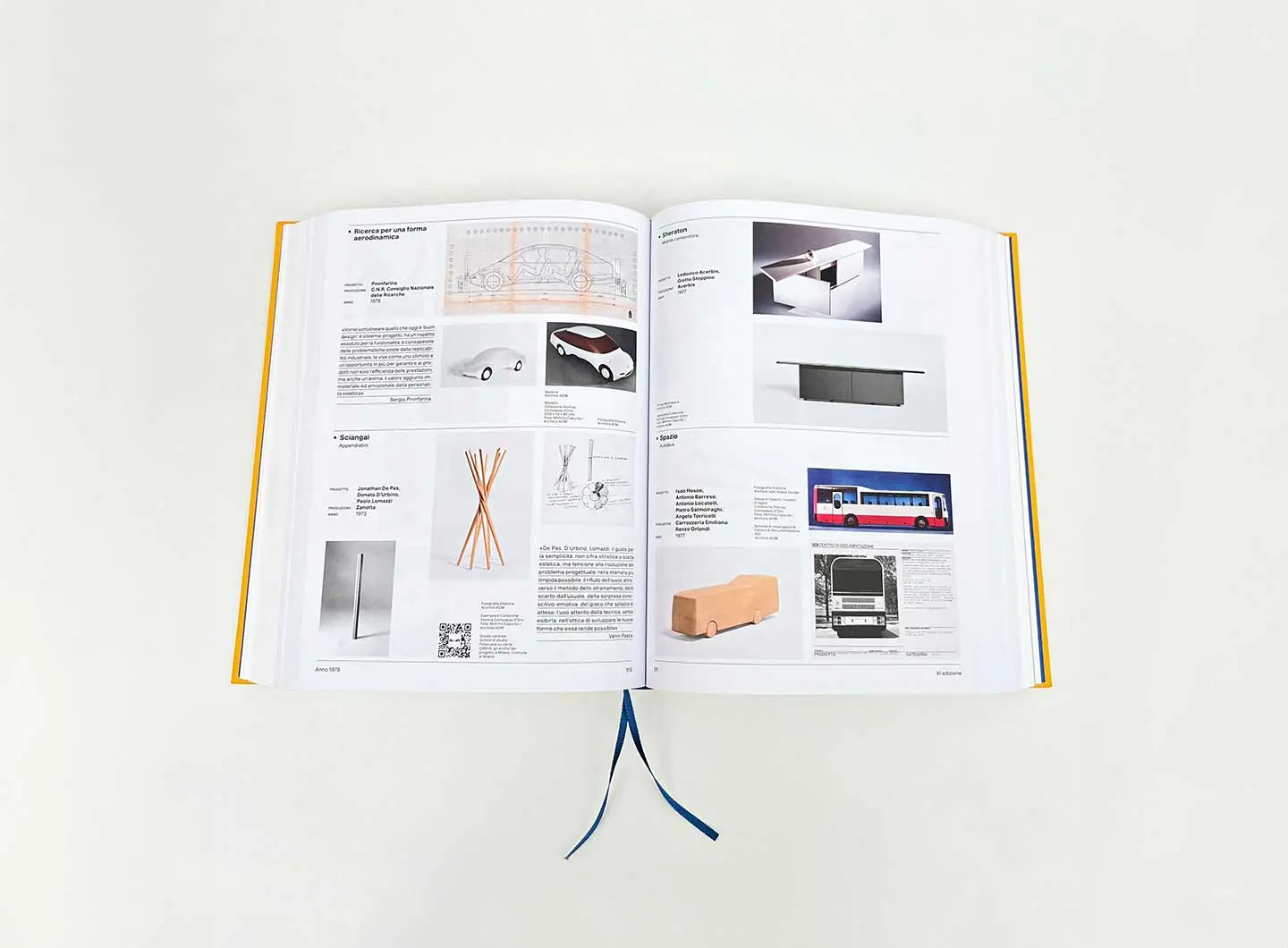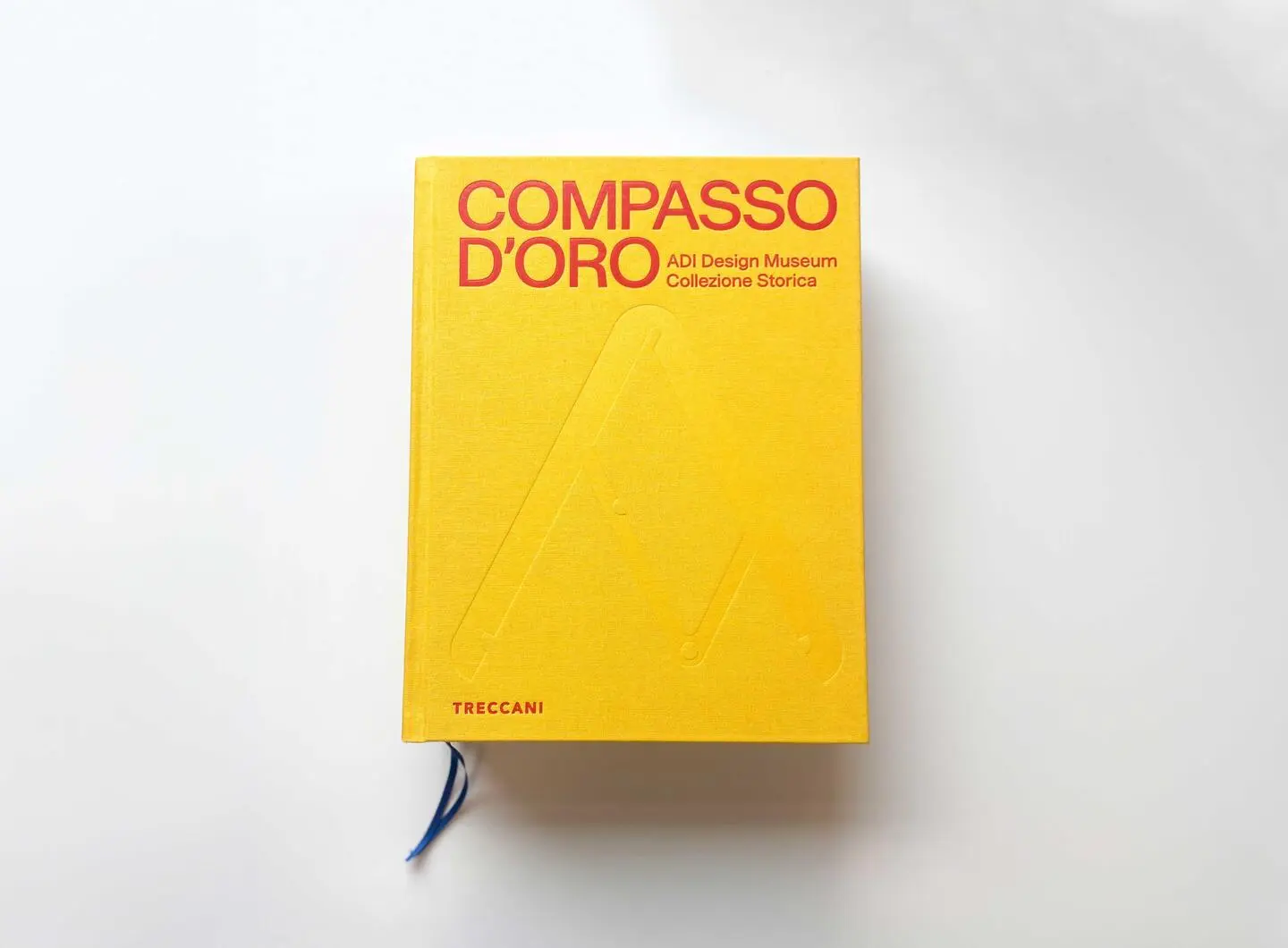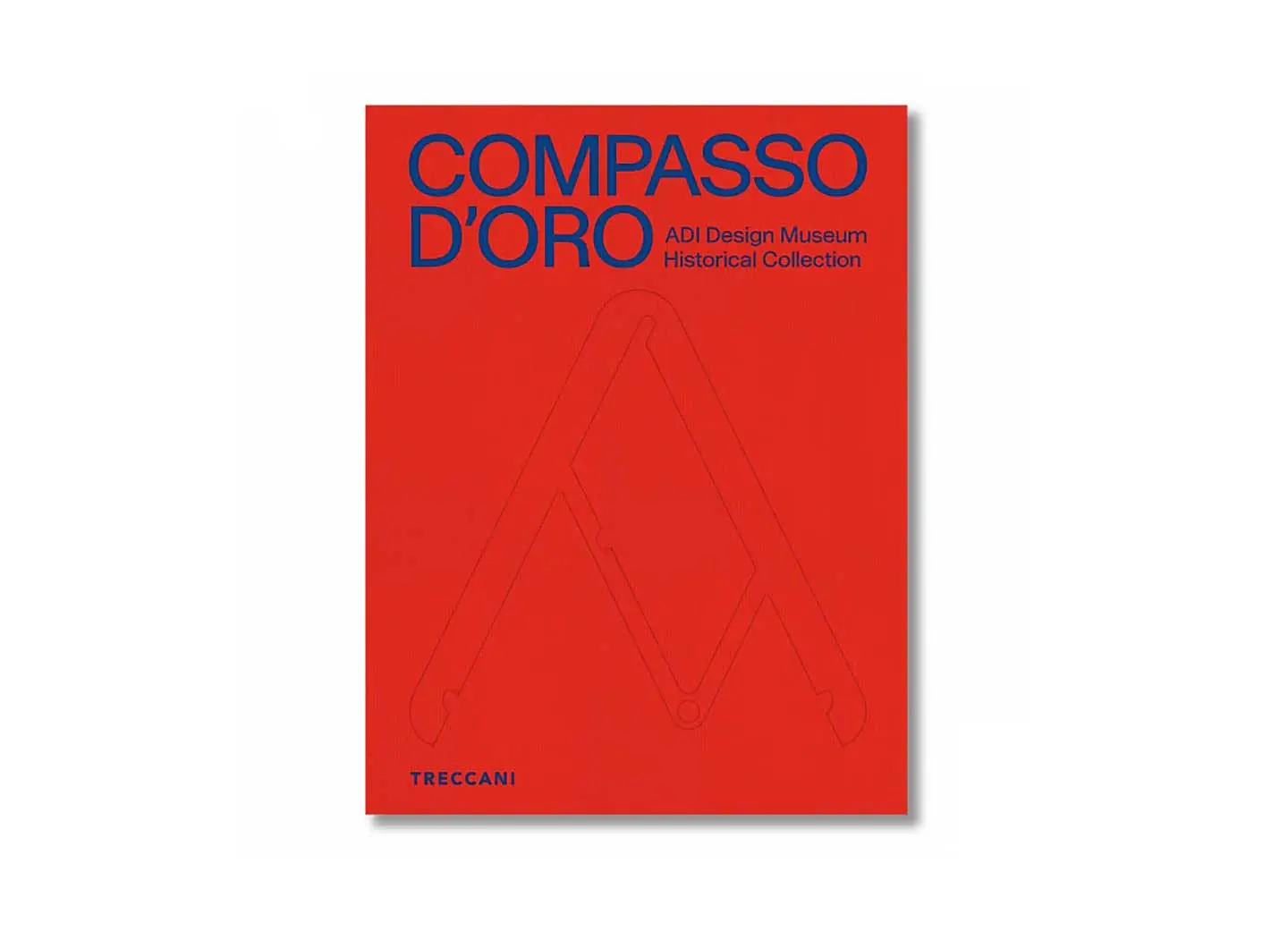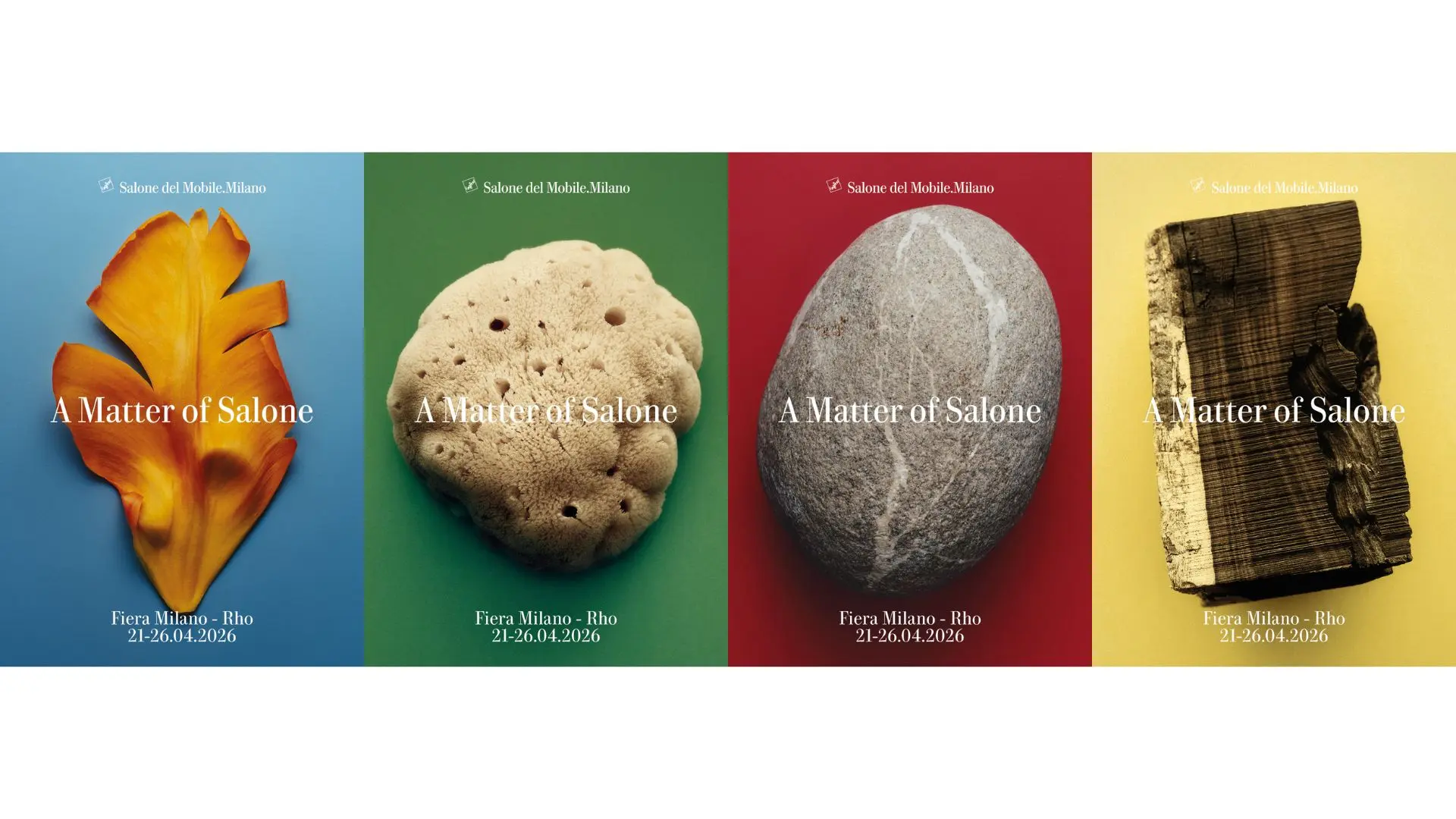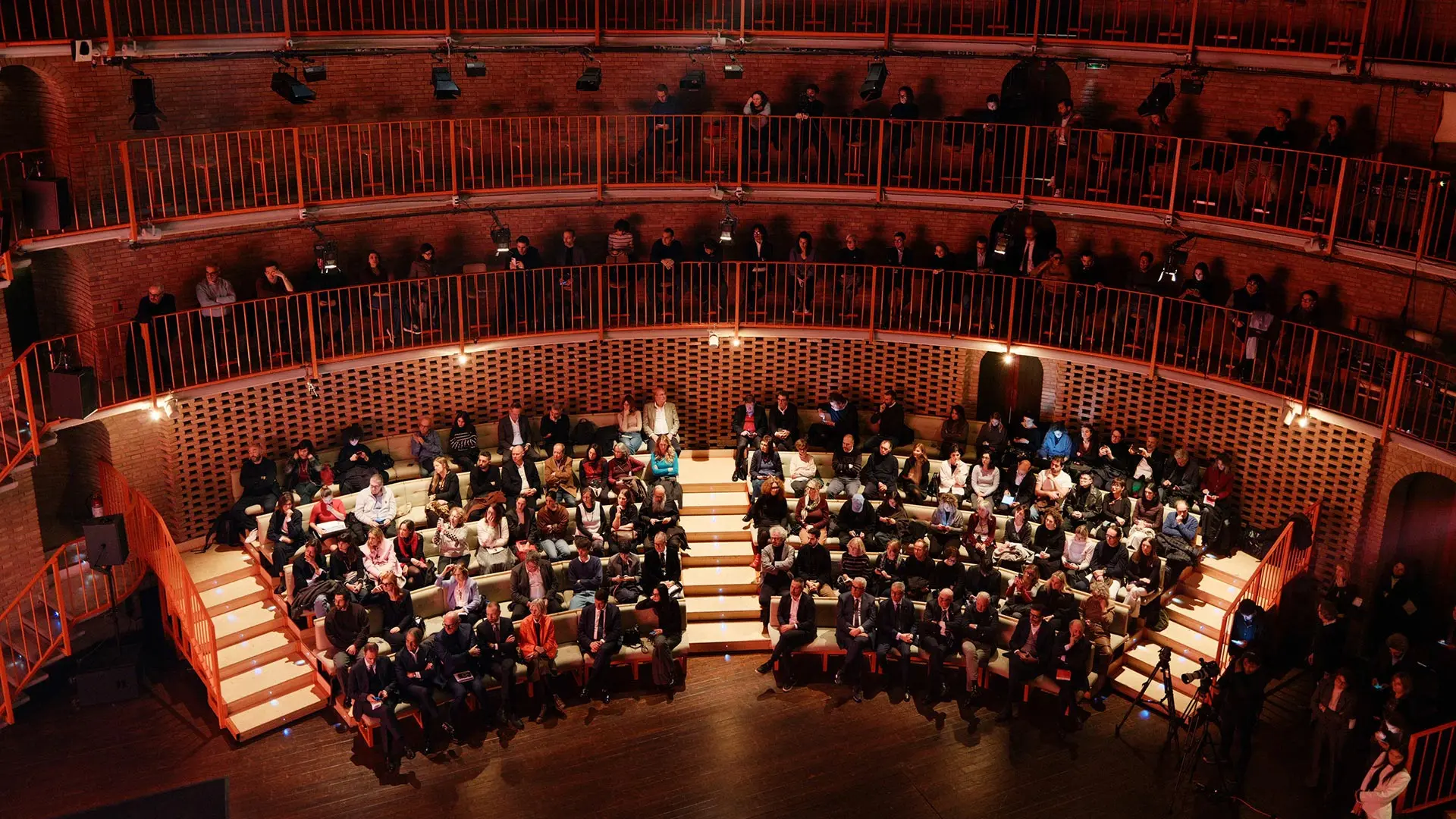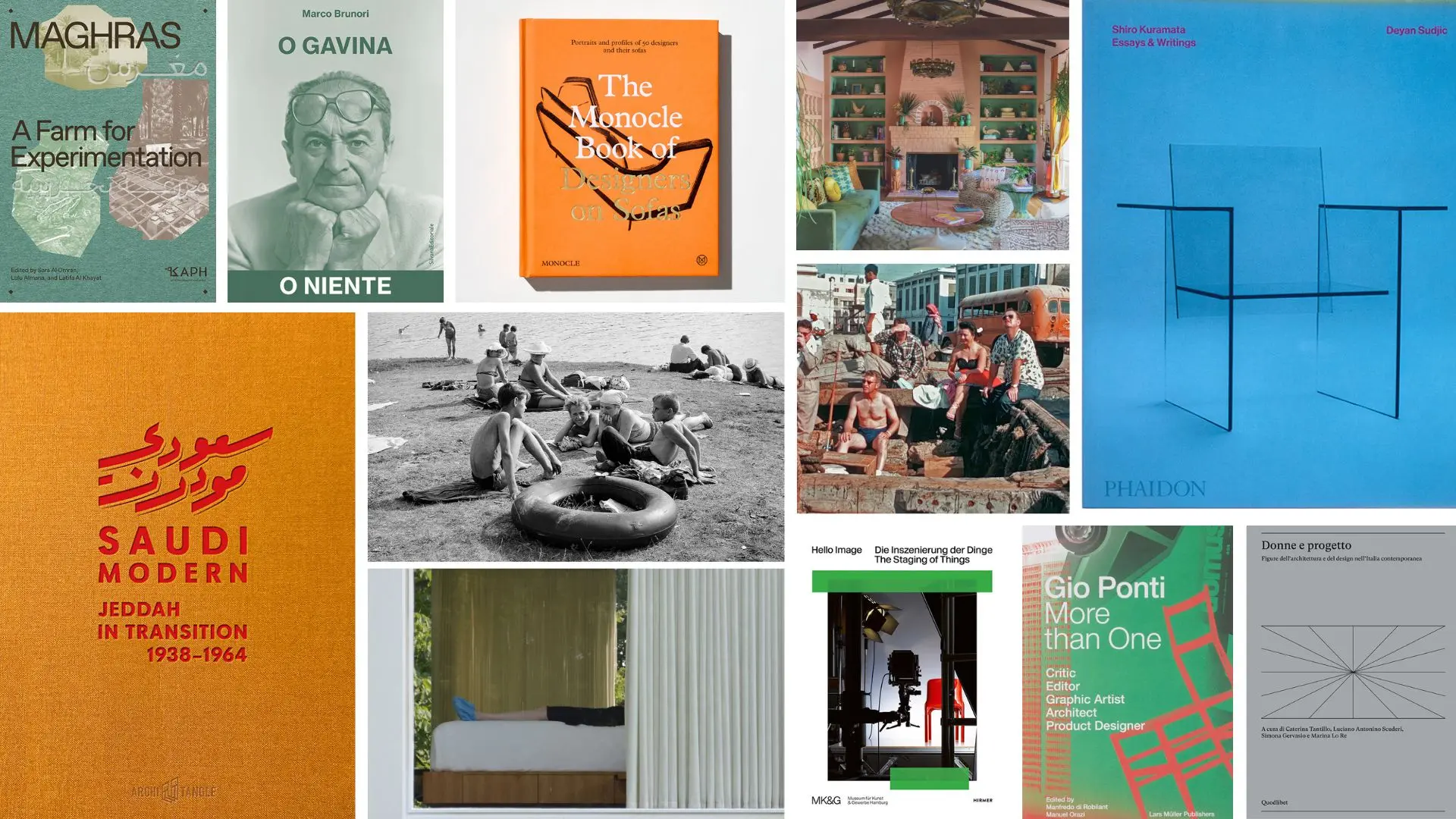From a reflection on humans to matter as meaning: the new Salone communication campaign explores the physical and symbolic origins of design, a visual narration made up of different perspectives, united by a common idea of transformation and genesis
A monumental work tells the story of the Compasso d’Oro
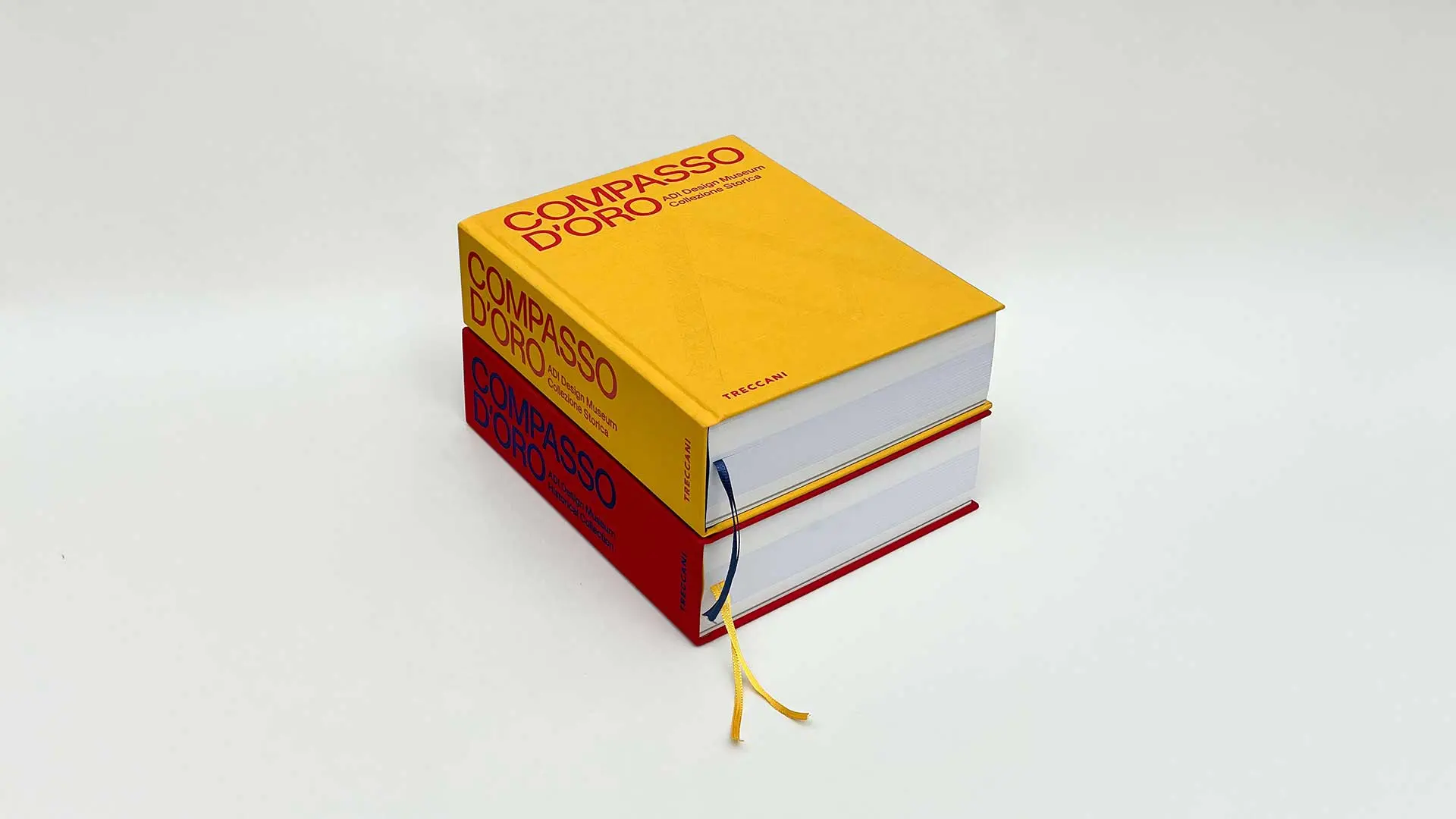
Compasso d’Oro. ADI Design Museum – Historical Collection
Treccani’s latest book, edited by Beppe Finessi and presented at the ADI Design Museum, provides a comprehensive overview of the story of design told through the prestigious award
Compasso d’Oro. ADI Design Museum – Historical Collection, an extraordinary publication that celebrates and documents more than seventy years of Italian design excellence, from 1954 to 2022, was presented at the ADI Design Museum in Milan on Wednesday 7th May.
Edited by the architect, academic and design historian Beppe Finessi, published by Treccani and with graphic design by Leonardo Pertile, the book represents the first systematic recognition of the Compasso d’Oro Historical Collection, recognised in 2004 as an “asset of exceptional historical and artistic interest” by the Ministry of Culture. It is a milestone in the historiography of Italian design, as well as a powerful tool for a critical reading of its evolution within Italy’s social, economic and industrial context.
Split into three large sections, the book takes the reader on a journey through the tangible and intangible heritage preserved by the ADI Design Museum: from the archival collections to the critical reviews of the prizewinning projects, right up to theoretical reflections on design as a cultural phenomenon. The book also contains the entire Albo d’Oro list of prize-winners from 1954 to 2022, complete with timeline and in-depth information, providing an overview of the evolution of Italian industrial design.
"The book is based on the archival work carried out some years ago ahead of the opening of the ADI Design Museum: it is a truly plural work," Beppe Finessi explained to Salone.Milano. "It is designed to valorise not only designers and entrepreneurs, but also the many different types of professionals involved in the design system: scholars, photographers, press offices, model makers, archivists, advertisers and so on."
The book brings together a selection of original material, with collections of essays that don’t just trace the history of furnishing, light design and installations, but also provide freer, original and sophisticated points of view, such as essays on how the objects come into being or conjure up atmospheres. “It has been a privilege producing it with Treccani, an Italian cultural institution due to celebrate its 100th anniversary this year,” Finessi added.
Alongside its historical and documentary input, the catalogue implements the MetaBook concept, thanks to a collaboration with the Milanese firm S—iR (Sense – immaterial Reality). Each paper copy comes with additional digital augmented reality and 3D content, accessible via QR code, designed to digitise and “animate” some of the iconic Compasso d’Oro projects.
Weighing an impressive 7.5 kg, and comprising more than 1,040 pages, 2,275 images, over 50 essays, exclusive interviews and archive material, the book is the result of three years of intense editorial and curatorial work, and today represents one of the most complete and ambitious contributions ever devoted to Italian design. It combines the scientific precision of cataloguing, the critical rigour of non-fiction and the openness to contemporary languages and media, in a publication destined to become a point of reference for scholars, designers, enthusiasts and institutions alike.
As the contributions from Luciano Galimberti (President of ADI), Umberto Cabini (President of the ADI Compasso d’Oro Collection Foundation), and Massimo Bray (General Manager of Treccani) show, this publication is not just a book, but a manifesto of Italian design identity. At a time when design is called upon to respond to increasingly complex challenges – from technological innovation to sustainability, to responsible production and social inclusion – the Compasso d'Oro. ADI Design Museum – Historical Collection offers a map for navigating the past, present and future of design with a dizzying array of materials. A keeper.


 Salone Selection
Salone Selection
